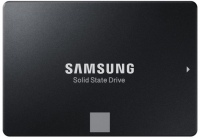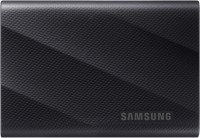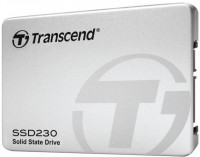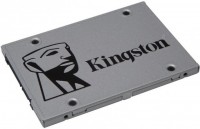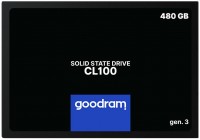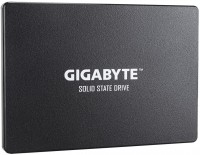Samsung 970 EVO M.2 MZ-V7E1T0BW 1 TB
 | Outdated Product £14.92 Placement: internal; Size (GB): 1000; Form factor: M.2; M.2 interface: PCI-E 3.0 4x; Controller: Samsung Phoenix; NVMe; Write speed (MB/s): 2500; Read speed (MB/s): 3400; DWPD (times/day): 0.3; Manufacturer's warranty: 5 years; TRIM; Data encryption; |
Samsung MZ-V7E1T0BW | |||||||||||||||||||||||||||||||||||||||||||||||
| |||||||||||||||||||||||||||||||||||||||||||||||
Always clarify the specifications and configuration of the product with the online store manager before purchasing.
Catalog Samsung 2025 - new arrivals, bestsellers, and the most relevant models Samsung.

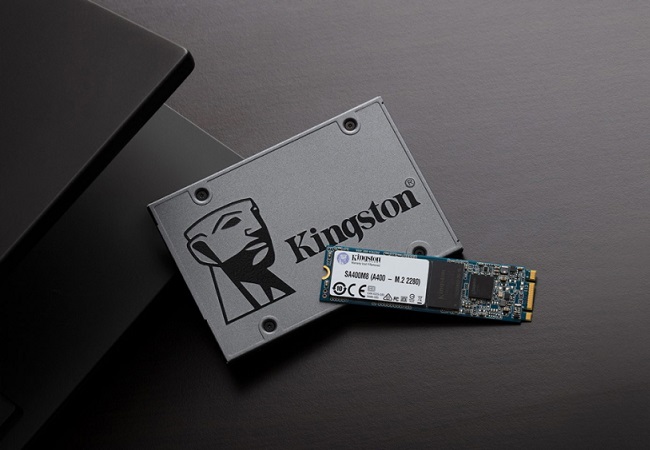
One of the most popular SSDs on the market
If you ask a pro in programming, video editing or audio production which SSD to buy, you will most likely hear the answer “get the Samsung EVO”. The Korean giant is rightfully considered a trendsetter in this area: they themselves are engaged in the production of memory chips, they themselves design controllers to control this stuff, and they assemble everything themselves. Thanks to this, the EVO series has become such a guiding star that most other SSD manufacturers are guided by.
The evolution of solid state drives
With the release of the Samsung 970 EVO, it was not a revolution, but an evolution. He no longer overtakes his competitors as standing, but that was expected. All juices were squeezed out of the PCI-E 3.0 bus and hit the ceiling, and the era of PCI-E 4.0 has not yet arrived. Therefore, the guys from Samsung upgraded their SSD wherever they could: they released a more powerful Phoenix controller, figured out a new three-bit memory with 64 layers, tweaked the speed characteristics of their predecessor, increased the write resource and slightly dropped the price compared to the previous EVO.
Brand quality and reliability of the EVO series
In tests, the 970 EVO shows itself as follows: Linear read and write speeds are 3400 and 2500 MB / s, when the storage is full, the write speed traditionally drops almost three times, while reading remains at the same level. Thanks to the new controller and RAM cache, work with small files has been significantly improved. The figures are as follows: 450K IOPS during write operations and 500K when reading. For 99% of people on this planet, this speed and versatility should be enough for the eyes. Let's see how the requirements for SSDs will change when the new generation of games will take full advantage of these features.







